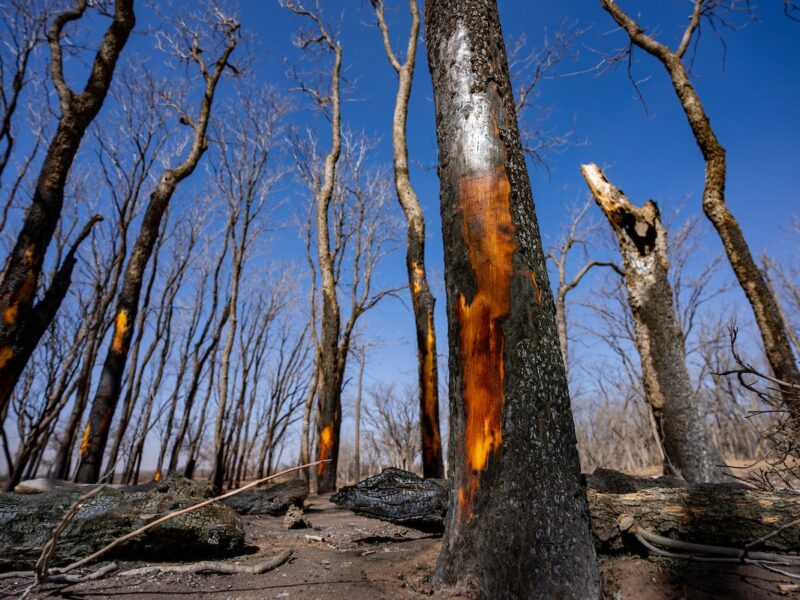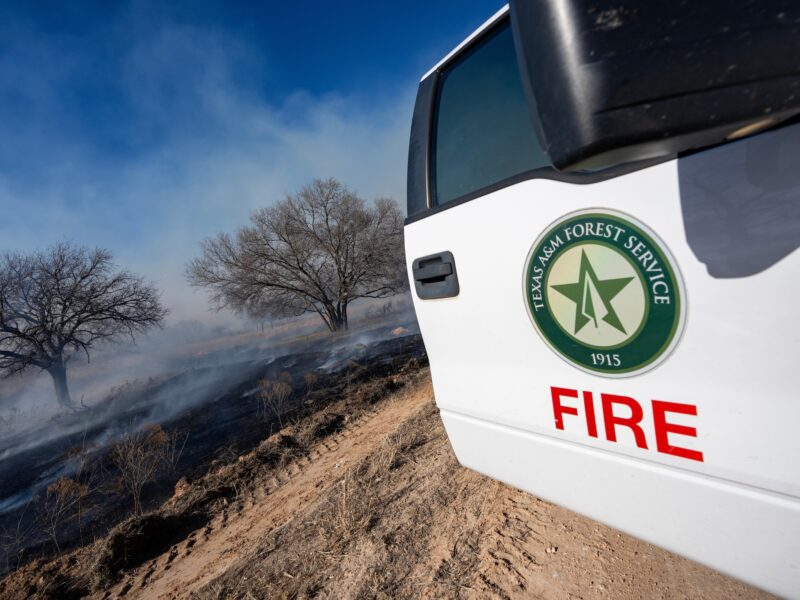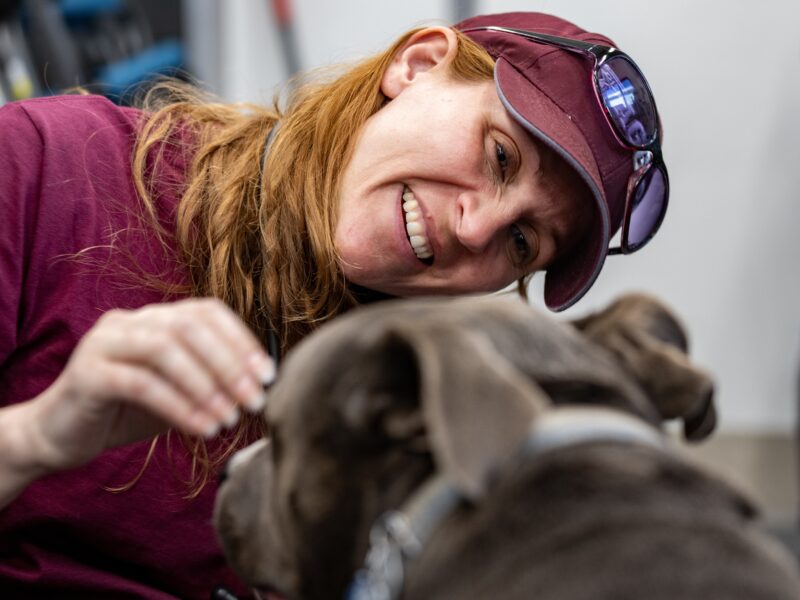Panhandle Wildfires Highlight Need To Protect Firefighters’ Health
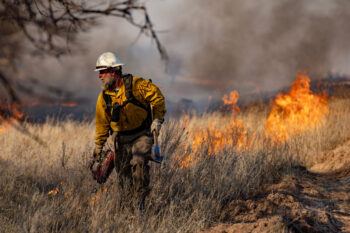
Since fire began sweeping across the Texas Panhandle on Feb. 26, firefighters have rushed to protect families and communities, often working long hours in hazardous environments.
While the record-breaking Smokehouse Creek fire is now nearly 90% contained thanks to a multi-week firefighting effort led by the Texas A&M Forest Service, a Texas A&M University environmental disaster management researcher says the physical and mental costs of battling such a blaze could be long-lasting, especially for those on the front lines.
Among the many threats facing these first responders, one of the most significant is smoke, said Dr. So-Min Cheong, an associate professor at the Bush School of Government and Public Service studying the health risks of wildland firefighting. She said wood smoke contains “many of the same toxic substances as cigarette smoke,” causing respiratory and cardiovascular symptoms within an hour of exposure.
To understand some of these effects, while also assessing the mental burden on firefighters, Cheong partnered with the Texas A&M Forest Service and researchers from Stanford University School of Medicine to collect and analyze health data from 56 firefighters during the spring and summer of 2023.
“I want to document what they go through in real time on a daily basis, so we can recommend personalized interventions,” Cheong said.
During the study, each firefighter carried a portable air quality sensor and wore an Apple Watch that tracked their heart rate, allowing the researchers to screen for potential cardiovascular issues brought on by exposure to wildfire smoke. The California-based technology company highlighted Cheong and her novel use of its wearable devices early last year.
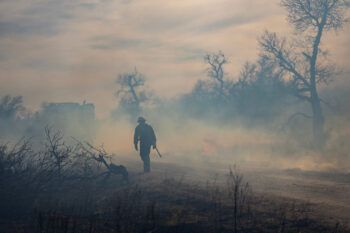
Cheong also had each participant complete a daily survey on topics ranging from physical activity and smoke-related symptoms to sleep patterns and stress levels. Some of this additional information could help shed light on the mental health challenges facing wildland firefighters in Texas, she said.
“They have to be away from their families,” often working long hours or overnight, Cheong said. “They have to act on the fire very quickly, so I think (all of this) adds to the mental stress.”
Cheong said the results of the study will be published later this year. According to Texas A&M Forest Service Fire Chief Wes Moorehead, insights from her work will be invaluable as the agency works to protect the health of its first responders.
“The information collected during this study will contribute to the greater understanding of the impacts of smoke exposure on wildland firefighters and will assist in tailoring preventative safety measures for the wildland fire service,” Moorehead said. “With the safety of our firefighters being paramount to what we do every day, we hope to utilize the results from this study to advance our operations and safety procedures.”
Getting To The Heart Of The Issue
Wildland firefighting differs from traditional structure firefighting in a few key ways, Cheong explained. For instance, masks and other face protection tend to be too cumbersome for wildland firefighters to wear, especially when covering large distances in the Texas heat, she said.
“It’s recommended that they wear face masks, but none really do because it’s very difficult to breathe when you wear the mask. That’s a concern,” Cheong said. “They’re outside, and they’re following the fire wherever it is, so wearing a mask is less feasible. They don’t wear full oxygen equipment like a structural firefighter.”
Forgoing any kind of barrier between wildfire smoke and the lungs can lead to a number of respiratory issues, which Cheong said are well-documented. Less understood, she said, is the resulting impact on the heart and the broader cardiovascular system.
“The lungs have been studied a lot, but heart rate not as much in conjunction with wildfire smoke,” Cheong said. “Heart rate relates closely with cardiovascular risk that comes with obesity, hypertension and so forth, so it’s an important measure of their health.” Cheong is focusing on tracking firefighters’ resting heart rate over time, looking for any changes that can be attributed to their time battling a wildfire.
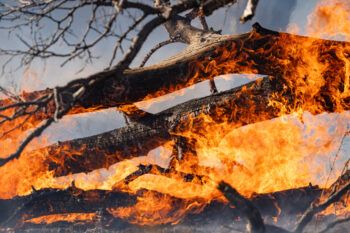
Ultimately, Cheong said she hopes her research will help individual firefighters gain a better understanding of their own physical and mental health needs, while also informing the development of new safety measures like improved masks designed for wildland firefighting and optimal break times during the firefighting.
“Technology-wise, if we can invent something that they can wear very comfortably to protect themselves from wildfire smoke exposure, that will be a big improvement for their health,” she said.
Meanwhile, as climate change ushers in more of the hot, dry weather conditions conducive to wildfire ignition, Cheong said the insights could also apply to non-firefighters, especially those who live in regions more prone to these types of disasters.
“Regardless of what you consider the origin to be, we’re seeing more wildfire smoke,” said Cheong, whose research expertise also encompasses human adaptation to climate change. She said those living in regions impacted by “yellow sky” or other smoky conditions during a wildfire should remain inside with the windows closed and air filters on if possible.
When venturing outside, it’s best to use a face mask like those commonly worn during the COVID-19 pandemic, she said: “Wear your mask, and try to refrain from going outside unless you have to run errands or go to work.”
Media contact: Luke Henkhaus, henkhaus@tamu.edu
